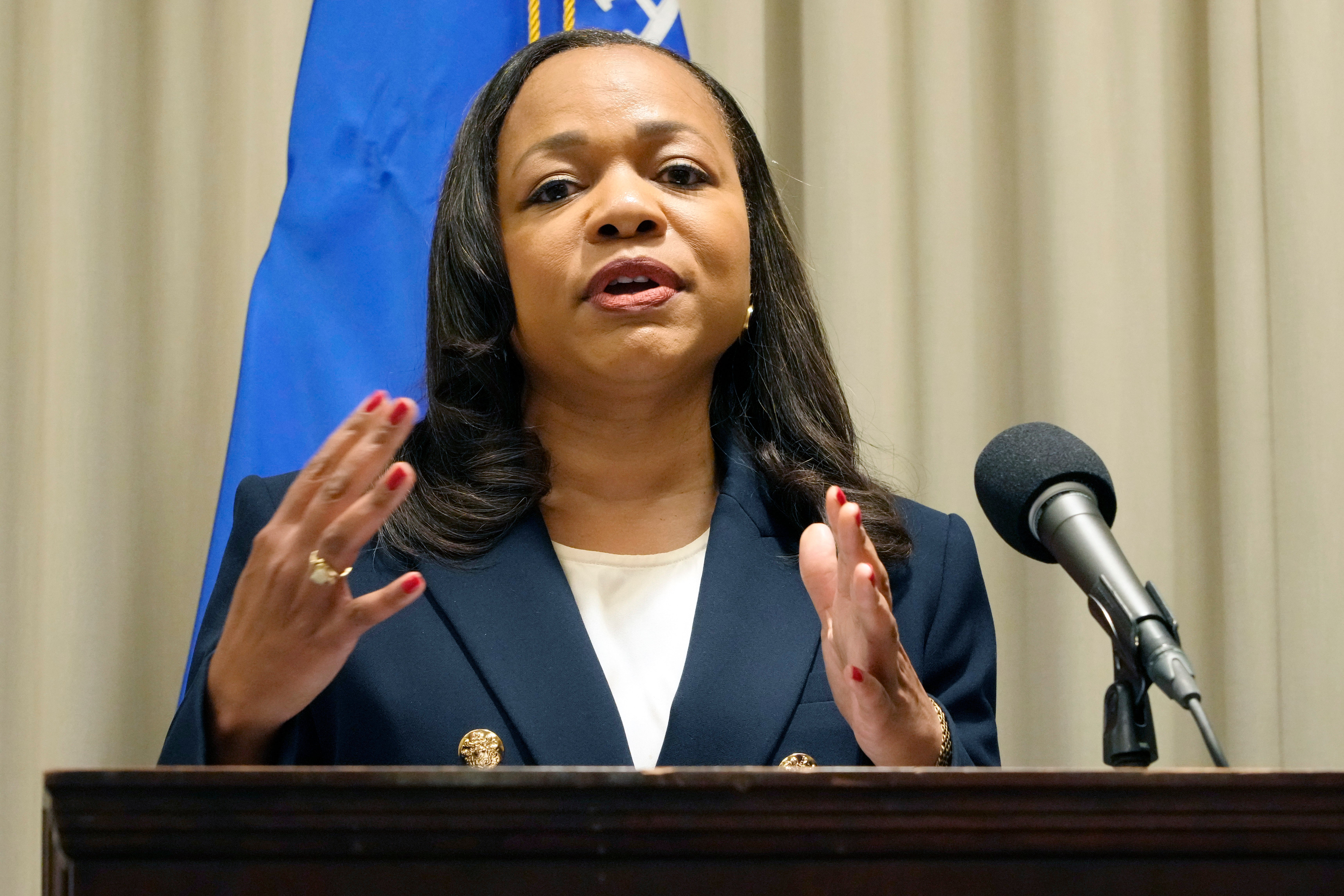Attorney for living survivors of racist massacre says federal report will set the record straight for the ‘largest crime scene in the history of this country’
Alex Woodward
More than 100 years later, the federal government is opening an investigation into a white mob’s destruction of a bustling Black neighborhood and the massacre of dozens of people in Tulsa, Oklahoma.
The Department of Justice is reviewing the attack under the Emmett Till Unsolved Civil Rights Crime Act, which empowers the federal government to reopen civil rights-related cold cases, named after the Black teenager who was abducted and lynched by two white men in Mississippi in 1955.
The probe comes roughly four months after Oklahoma’s highest court rejected a decades-in-the-making lawsuit filed by the racist massacre’s two remaining survivors who have demanded justice in its ongoing aftermath. No one was ever charged with a crime for the two-day attack within the decades that followed.
Justice Department announces criminal charges in Russian interference campaign
“We acknowledge descendants of the survivors, and the victims continue to bear the trauma of this act of racial terrorism,” Assistant Attorney General Kristen Clarke said on Monday.
Federal investigators do not expect to criminally prosecute any living perpetrators, but the Justice Department will be “examining available documents, witness accounts, scholarly and historical research and other information on the massacre” for a report “analyzing the massacre in light of both modern and then-existing civil rights law,” according to Clark.
That report is expected by the end of the year.

Assistant Attorney General Kristen Clarke, who leads the Department of Justice Civil Rights Division, announced a federal investigation into the Tulsa race massacre on September 30 (AP)
On May 31, 1921, in Tulsa’s thriving “Black Wall Street” of Greenwood, an armed white mob deputized by law enforcement fired indiscriminately on Black Americans in the street.
According to witness accounts and limited news coverage of the attack, planes dropped flaming turpentine-soaked rags and dynamite, and the bodies of Black victims were thrown into the Arkansas River or into mass graves. Survivors were rounded up at gunpoint and detained in internment camps.
The mob torched and looted homes and businesses, including restaurants, hotels, theaters and a newspaper’s office. A truck mounted with a machine gun fired on Mount Zion Baptist Church before it was burned to the ground.
A lawsuit from Lessie Benningfield Randle, 109, and Viola Ford Fletcher, 110 – who were small children during the attack – continued even after the death of Fletcher’s brother, Hughes Van Ellis, who was also a plaintiff before dying at age 102 last year.
“It only took 103 years, but this is a joyous occasion, a momentous day, an amazing opportunity for us to make sure that what happened here in Tulsa is understood for what it was: the largest crime scene in the history of this country,” attorney Damario Solomon-Simmons said from Tulsa on Monday.
“The dead cannot cry out for justice,” added Tiffany Crutcher, a descendant of massacre survivors. “It is our duty, as the living, to do so for them.”
On May 31, 1921, in Tulsa’s thriving “Black Wall Street” of Greenwood, an armed white mob deputized by law enforcement fired indiscriminately on Black Americans in the street.
According to witness accounts and limited news coverage of the attack, planes dropped flaming turpentine-soaked rags and dynamite, and the bodies of Black victims were thrown into the Arkansas River or into mass graves. Survivors were rounded up at gunpoint and detained in internment camps.
The mob torched and looted homes and businesses, including restaurants, hotels, theaters and a newspaper’s office. A truck mounted with a machine gun fired on Mount Zion Baptist Church before it was burned to the ground.
A lawsuit from Lessie Benningfield Randle, 109, and Viola Ford Fletcher, 110 – who were small children during the attack – continued even after the death of Fletcher’s brother, Hughes Van Ellis, who was also a plaintiff before dying at age 102 last year.
“It only took 103 years, but this is a joyous occasion, a momentous day, an amazing opportunity for us to make sure that what happened here in Tulsa is understood for what it was: the largest crime scene in the history of this country,” attorney Damario Solomon-Simmons said from Tulsa on Monday.
“The dead cannot cry out for justice,” added Tiffany Crutcher, a descendant of massacre survivors. “It is our duty, as the living, to do so for them.”
No comments:
Post a Comment